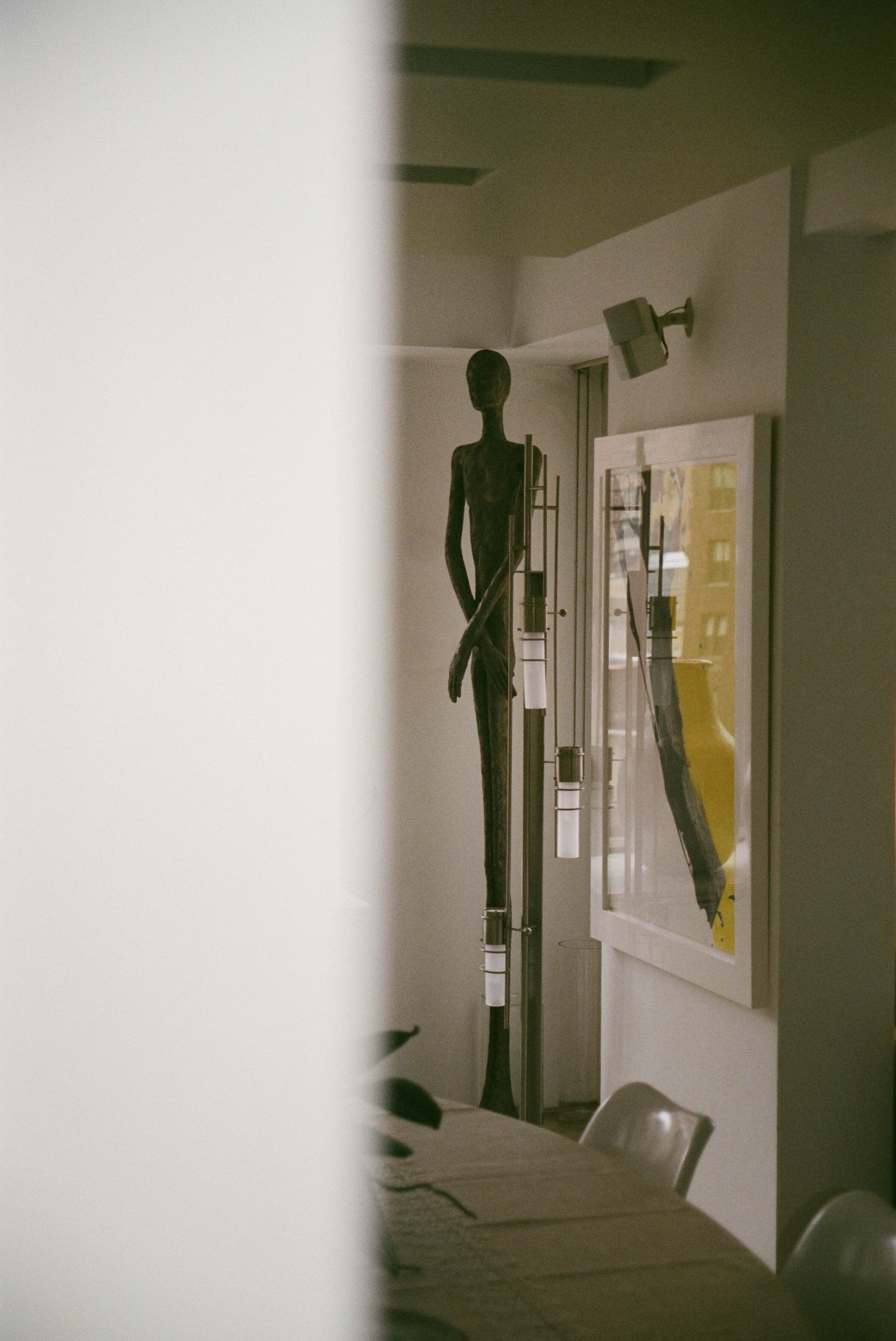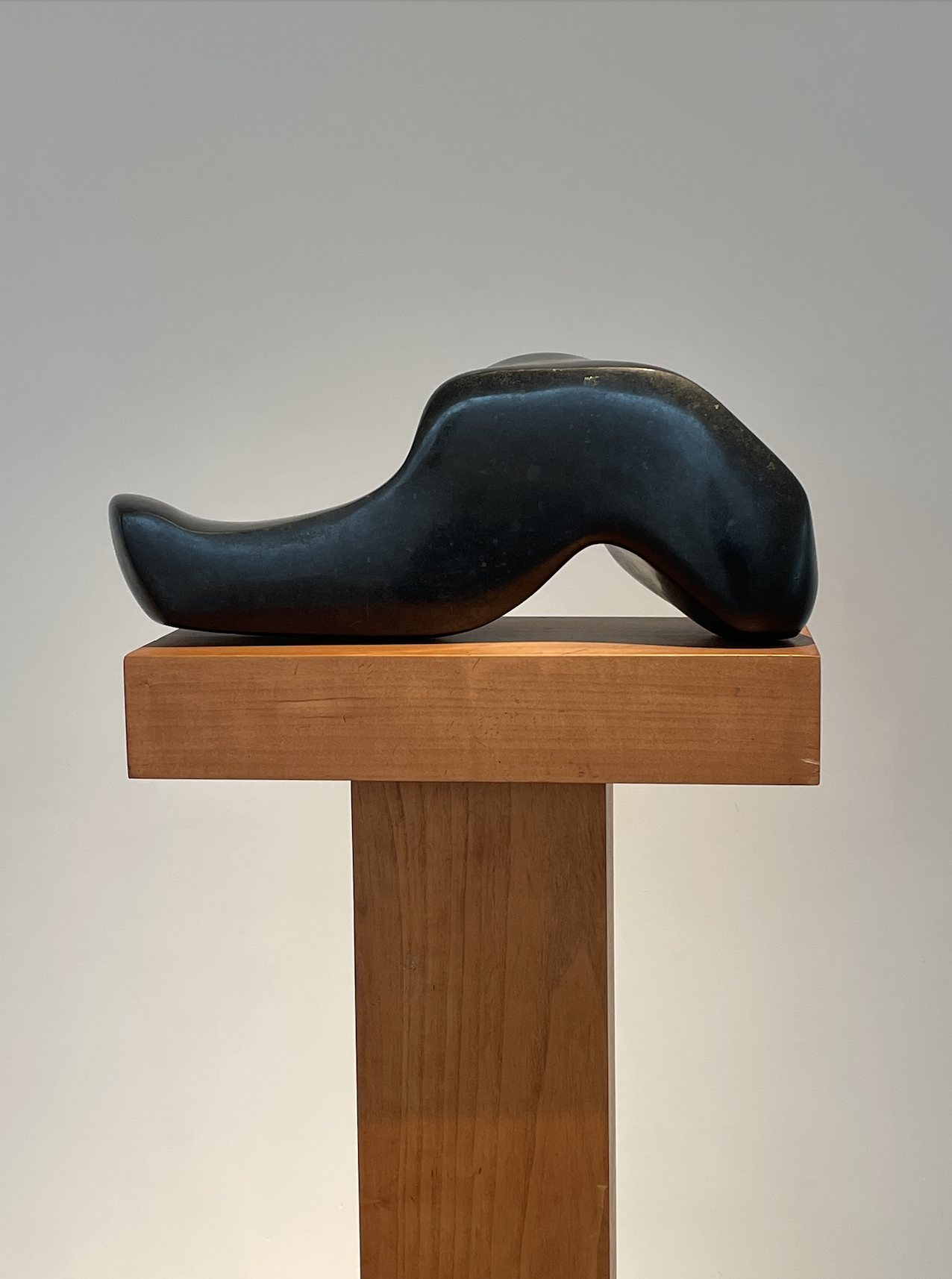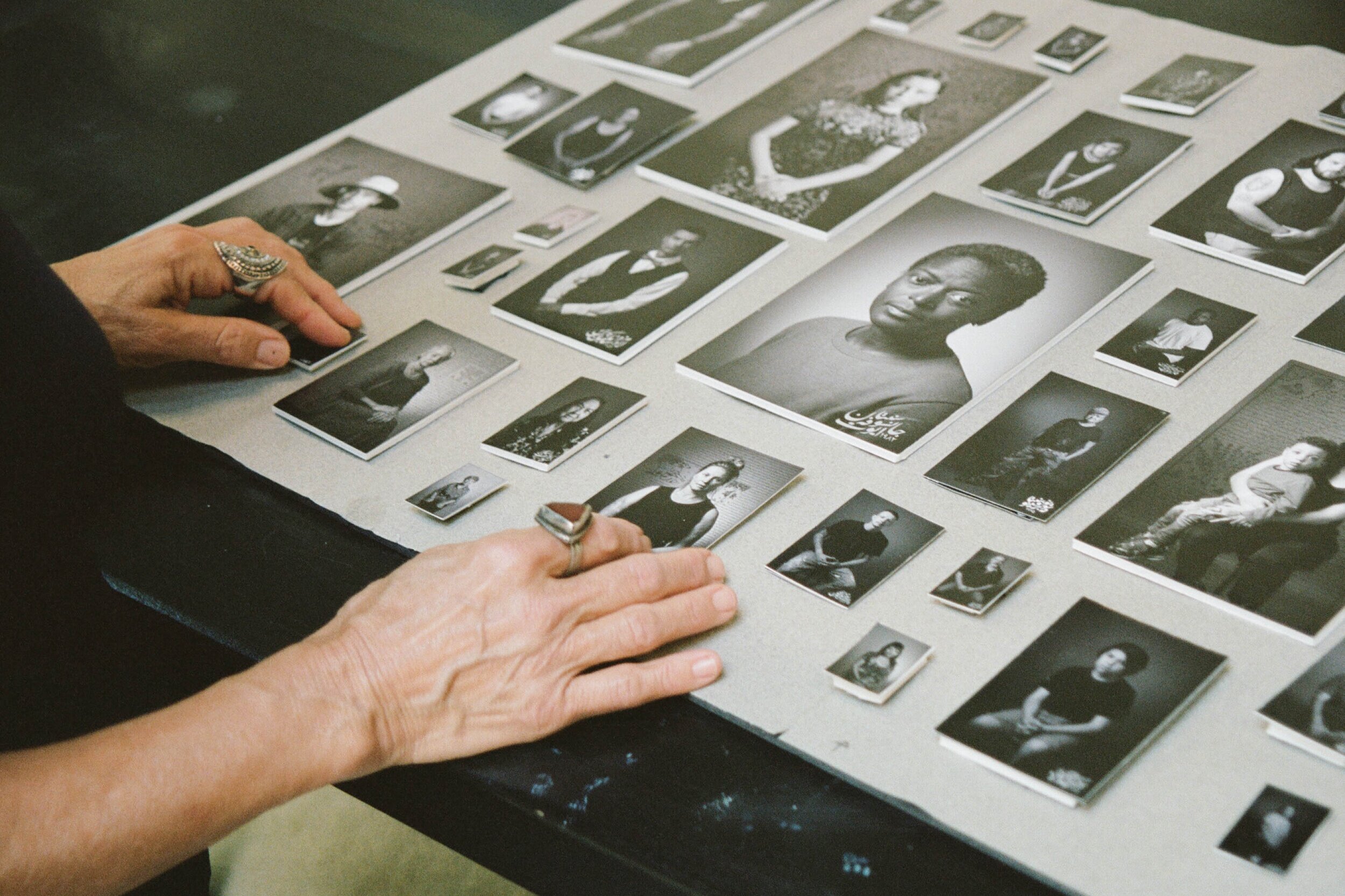A Guide For Museum-Going
Ideas for revitalizing your usual museum rituals, according to women in the arts.
A museum visit is always worthwhile, regardless of your art realm expertise or motivation for attending. For those intimidated by art spaces, allow the guide ahead to feel preparatory and inspiring. For regular museum-goers, embrace the following as a tool for reflecting on your typical viewing routine and a bank of new ideas for shaking it up.
on planning your time
Setting an intention can be a great kickstart to a fulfilling experience, even if all that intention embodies is spontaneity and openness. And although any intention can thrive in any museum space, it can be a good idea to take advantage of what makes a given setting unique. If you let it, intention goes hand in hand with the type of museum you visit, its particular ambiance and offerings, and your approach to taking it all in.
For a contemplative or transcendent experience, a solitary, tech-free visit to a quiet space like the Noguchi Museum and its garden makes sense. Filmmaker Isabel Sandoval, who treats “a visit to the museum like meditation,” says, “I prefer to visit alone so I can spend as much time as I want with artwork and explore the different sections at my own pace.” Comfort is also key for this type of visit; publicist Fatima Jones recommends wearing comfortable shoes, packing light, and opting to wear a fanny pack or small crossbody bag.
Curator Vere van Gool speaks to museum visits as an academic and informative quest, where bringing a notebook might be especially useful. To Vere, a visit to the museum is “like reading a book” and ideally a solitary act, though she does like to visit with peers for public programs, workshops, events, and openings to “discuss and contextualize the works in the current moment in time and place.”
There’s also the possibility of a lively and social experience: curator Molly Surno says, “I like going to museums with someone I'm in love with, so in my case, my husband. He's a painter, so our conversations and viewing are so dynamic because we help each other see things from unique perspectives.” And everyone’s idea of an ideal art-space date or visit with friends looks different. For some, it’s conquering the vastness of The Met together, and for others, it’s stepping through a small gallery like Karma, Shrine, or Marta. There’s also the ability to theme your visit through embracing seasonal offerings—like the Walker Art Center’s Valentine’s Day party—which guarantees a vibrant energy.
on navigating the museum
Smaller museums or galleries offer great grounds for beginners (or anyone, really) to build and explore art-viewing practices, as there’s less room for overwhelm and more for intimacy with the artwork. When visiting a larger museum, it’s easy to feel clouded by the possible approaches to moving through the works. Fatima says, “I admit that I try to pack in as much as I can, but sometimes at big museums like the Brooklyn Museum or the Smithsonian Museum of African American Art and Culture in DC, it's impossible to see it all.” In a situation like this, bring your decisions about navigating the space back to your intention, and from there, decide on what’s most worthwhile to make time for.
The Passersby that we spoke to agree that it’s best to overlook pressure to see as much as possible, instead rerouting your path to feel natural and/or based on aesthetics. Isabel says, “I remember spending nearly four hours looking at only the Hilma af Klint pieces at the Guggenheim in 2019. My approach is more intuitive than structured—I do what feels aesthetically pleasurable to me.” Vere adds, “Follow the beauty. Museums overflow information on audiences, from entire time periods to oeuvres of artists. I can find it illuminating to let aesthetics guide me, but I often get lost or skip entire parts of a museum. I also often end up in a storage cupboard or some other place I am absolutely not supposed to see. Alas.”
If you’re gravitating towards a more structured visit that doesn’t center on intuition, Fatima recommends asking the front desk for some assistance and reading up on exhibitions before arrival: “Most of the time curators have a preference for where they want visitors to begin. Most museums have visitor experience [services] or guides who are more than willing to assist with questions.”
on spending time with the artwork
It’s official that you’re allowed to bypass pieces that don’t feel right and spend as much time with those that do. When it comes to how you interact with a piece, though, it’s not always effortless. Consider listening to music (like our curation of healing instrumentals) while you view, journaling, sketching renditions of what you see, meditating before or after visiting, or getting studious and taking notes. Try people watching and imagining why any given passerby is viewing the piece that they are, and then enjoy a post-visit cocktail or a non-alcoholic refresher while you reflect on your time. And lastly, feel free to consult our list of prompts for viewing art.
Although somewhat obvious and universal, photography poses another mode of connecting with the artwork in front of you. Molly believes in phone photography, while Vere takes photos with her camera to make sure she doesn’t get disturbed by emails or messages on her phone. Fatima takes pictures to “go back and replay the experience, but sometimes pictures won’t do the work justice and then you just have to enjoy the [moment].” Isabel, on the other hand, tries not to take photos at all, “unless the artwork is [really] striking or not available online,” trying to “be present and engage with the artwork with complete attention.”
Taking time with the placards alongside works of art can also enhance your viewing, but it’s ultimately another matter of preference. Molly usually prefers “[basking] in the feeling of a piece” like this one at the Met, but she says that reading before viewing “can help access something more esoteric or help you focus if you need to stop people watching for a bit.” Isabel adds that labels and audio guides can be especially helpful “when it comes to more abstract [or] postmodern pieces that deviate from the more conventional definitions of art that [she’s] aware of.” Fatima also always opts to read and listen to whatever she can, particularly for historical exhibitions and out of appreciation for the work curators put in.
If your gaze goes directly to the artwork—like Vere, who feels distracted by artist descriptions—there’s nothing wrong with just skipping over the text altogether. Plus, Vere mentions that you can always snap a photo of the info to get the data on hand without present-moment distraction. You can also embrace the placards as creative tools rather than informative truths. For example, approach a piece that confuses you, refrain from reading its label statement, try to come up with a description of your own, and then compare it with what you see. Approach a piece that feels obvious in meaning and do the same. Or, avoid prompts and structure at all costs if that’s what feels right. The entirety of this guide is meant to help the museum-going process feel a bit less aimless, but the central idea is to tailor your visit to your desires.
Words by Eva Berezovsky




